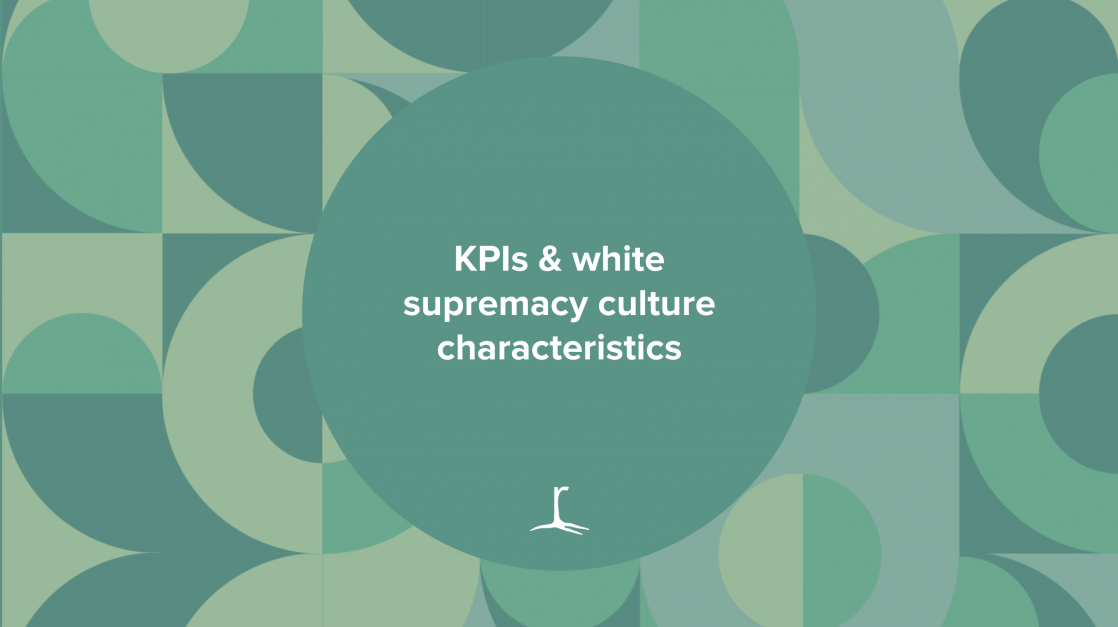Every organization approaches KPIs differently. Some organizations have been meaning to start this process but haven’t gotten around to it; for those organizations…we’ve got you! Before we begin, I thought it’d be fitting to present a glossary of terms for your reference:
KPIs: KPI stands for key performance indicator, a quantifiable measure of performance over time for a specific objective. KPIs provide targets for teams to aim for, milestones to gauge progress, and insights that help people across the organization make better decisions.
OKRs: OKRs stand for “Objectives and Key Results.” It is a collaborative goal-setting methodology used by teams and individuals to set challenging, ambitious goals with measurable results. OKRs are how you track progress, create alignment, and encourage engagement around measurable goals.
Annual Plan: An annual plan is an operational plan that indicates specific goals and objectives for a particular program or programs within a specific timeframe (usually one year). It often includes a detailed plan outlining which activities will be accomplished, by when and by whom.
Traditionally, when the KPI process is starting, those within an organization who best understand what resonates with the community, its needs and solutions – are sometimes left behind; even though they have the most knowledge in shaping the direction of the organization.
Because money plays such an important role in our work and society, the needs of the communities are sometimes ignored in the name of being seen as more marketable to funders. Organizations hope to present a more enticing argument to funders to secure funding; signaling to those with the least amount of power that their opinions or contributions are not important… effectively creating a power dynamic. However, there are ways to build KPIs that do not perpetuate white supremacy culture.
When I think about how I’ve experienced organization wide KPIs or OKRs or the annual plan (whatever you want to call it), I’ve always associated it with Tema Okun’s White Supremacy Culture characteristics, specifically:
- Perfectionism: little time, energy, or money put into reflection or identifying lessons learned that can improve practice, in other words little or no learning from mistakes;
- Sense of urgency: continued sense of urgency that makes it difficult to take time to be inclusive, encourage democratic and/or thoughtful decision-making, to think long-term, to consider consequences;
- Defensiveness: people respond to new or challenging ideas with defensiveness, making it very difficult to raise these ideas;
- Only one right way: the belief there is one right way to do things and once people are introduced to the right way, they will see the light and adopt it;
- Paternalism: those with power think they are capable of making decisions for and in the interests of those without power and those with power often don’t think it is important or necessary to understand the viewpoint or experience of those for whom they are making decisions;
- Power hoarding: those with power assume they have the best interests of the organization at heart and assume those wanting change are ill-informed (stupid), emotional, inexperienced.
All of these characteristics don’t have to be the norm! If we do the personal work and show up with a growth mindset, a lot of healthy and productive conversation can happen.
How do organizations and those with positional power shift the game plan to not perpetuate harm when working on KPIs?
- Listen and act on the information you’re hearing from those with the least amount of power. Don’t challenge it, though ask clarifying questions. Use this information to shape how everyone is building out their KPIs. It’s okay to take time to think outside of the box;
- Have a clearly defined POP (purpose, outcome, and process) with a detailed timeline that’s reflected on everyone’s calendar well in advance;
- Meeting agendas for all related meetings;
- KISS (keep it simple, silly) templates that outline:
- The actual KPIs: how does each department want to define their goals for the year;
- A success spectrum: what does failure, minimal, target, and epic success look like;
- Time allocation for every employee: do folx have manageable workloads and if not, then what needs to come off the plate.
At the last organization I worked at, I was able to create the above process and tools that helped mitigate some of the sentiments that come from white supremacy culture. Was everyone excited about the new process? Most definitely not. But those who had the least power within the organization certainly felt seen and heard.
Once you’ve created the process that work best for your employees:
- Walk everyone through all of the documents;
- Give folx time to digest it (at least a week);
- Ensure there are opportunities to anonymously ask questions and/or give feedback;
- Once the process has started, ensure someone is checking in with staff who have the least organizational power to ensure this process is going in the right direction;
- After the information is populated, continue having org-wide and departmental conversations about the KPIs.
Creating equitable KPI’s is a process that has the potential to be a joyful experience. Allowing employees (subject matter experts) to give their insight and checking egos/ insecurities at the door; will ensure that it is.

